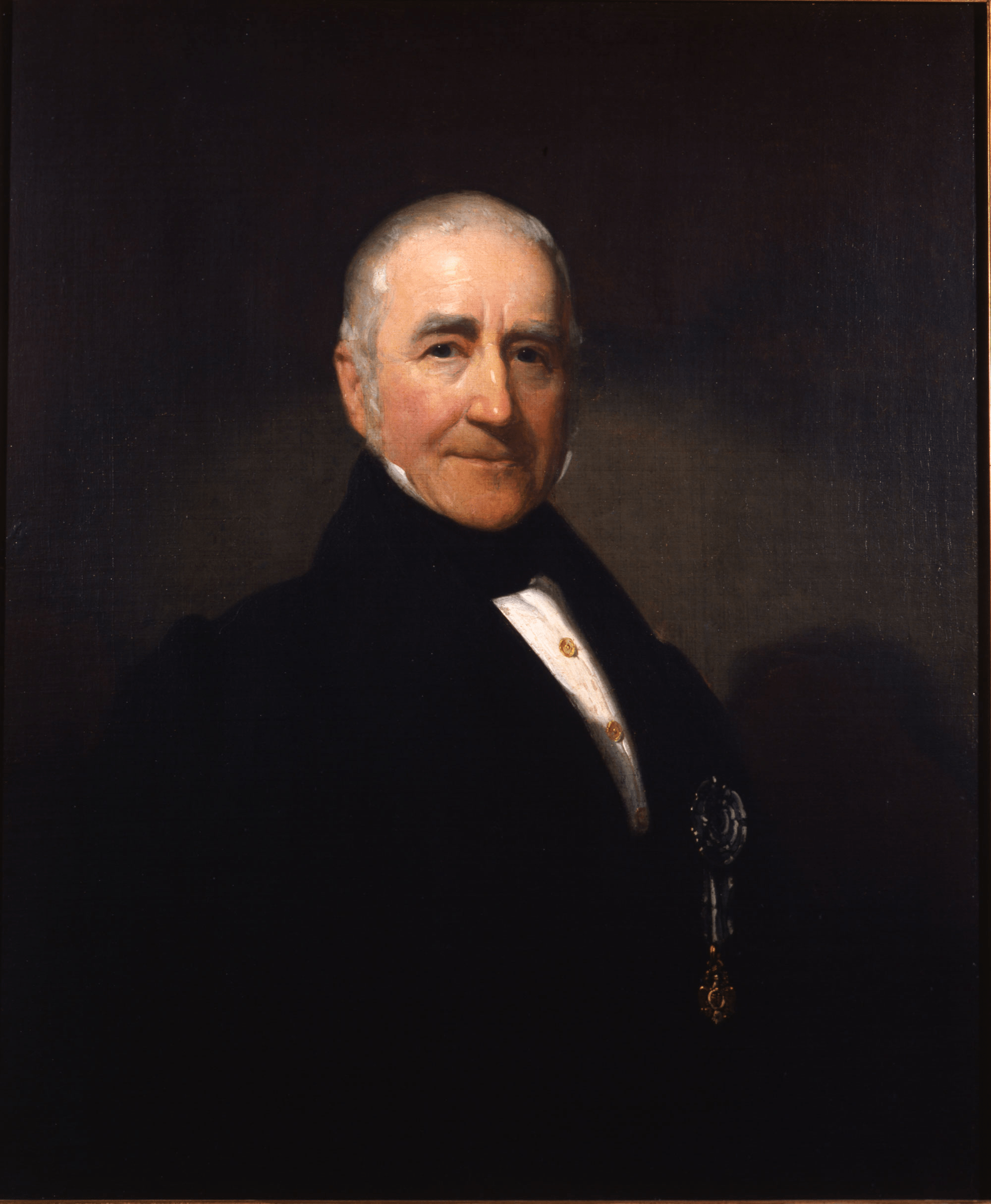New York City, known for its iconic skyline, diverse culture, and significant impact on global finance, media, and entertainment, owes much of its development and character to the governance and policies of New York State’s governors. These state leaders have played pivotal roles in shaping the city’s history, influencing its economic growth, social fabric, infrastructure development, and position on the national and international stage. This article delves into the multifaceted contributions of New York Governors to the city’s evolution, examining their legislative impacts, infrastructure projects, social policies, and crisis management efforts throughout history.
Legislative Impacts and Economic Growth
The economic trajectory of New York City has been significantly shaped by the legislative decisions and economic policies formulated by the state’s governors. Through careful management of fiscal policies and the enactment of strategic business legislation, governors have navigated the complex balance between fostering economic growth and addressing the needs of the state’s diverse population.
Fiscal Policies and Economic Development
Taxation and Budget Management: The fiscal policies enacted by New York Governors have significantly influenced the city’s economic landscape. Strategic budget allocations, tax reforms, and financial regulations have either spurred growth by attracting businesses and investors or, in some cases, presented challenges to economic expansion.
Business and Commerce Legislation: Governors have played key roles in enacting laws that foster business operations, regulate industries, and support innovation. These legislative measures have helped position New York City as a global business hub.
Urban Planning and Infrastructure Development
Public Works and Transportation: The expansion and modernization of the city’s infrastructure — including bridges, tunnels, highways, and public transportation systems — have been key initiatives of many governors. These projects have not only facilitated commerce and mobility but also shaped the city’s physical landscape.
Housing and Urban Development: Policies and programs aimed at housing development, urban renewal, and community revitalization have addressed issues of affordability, quality of living, and urban aesthetics, impacting the city’s demographic trends and socio-economic makeup.
Social Policies and Cultural Influence
The governors of New York have long recognized that the foundation of a thriving society lies not only in its economic achievements but also in the strength of its social policies and cultural offerings. This understanding has guided their approach to enhancing the educational landscape and health care systems of New York City. By prioritizing educational reform and access, alongside comprehensive health care initiatives, governors have aimed to create an environment where all residents have the opportunity to lead healthy, informed, and fulfilling lives.
Education and Health Care
Educational Reform and Access: Investment in education, from primary through higher education, has been a priority, with governors advocating for funding, curriculum reforms, and access to quality education for all New Yorkers.
Health Care Initiatives: Public health policies, including hospital funding, health care access, and responses to health crises, have had lasting impacts on the city’s well-being and health care infrastructure.
Civil Rights and Social Justice
Legislation on Equality: New York Governors have enacted and supported laws that promote civil rights, labor laws, and social justice, contributing to the city’s reputation as a progressive and inclusive metropolis.
Support for Arts and Culture: Recognizing the city’s role as a cultural epicenter, governors have fostered the arts through funding, public programs, and initiatives that celebrate diversity and innovation in the creative sectors.
Infrastructure and Environmental Initiatives
The landscape of New York City has been profoundly shaped by the initiatives and policies directed towards enhancing infrastructure and safeguarding the environment. Recognizing the critical intersection of urban development and environmental sustainability, New York’s governors have embarked on ambitious projects to modernize the city’s infrastructure while prioritizing the protection of natural resources and the promotion of green spaces. This balance aims not only to accommodate the city’s growth and technological advancements but also to ensure that this progress does not come at the expense of the environment or the quality of life for its residents.
Sustainability and Environmental Protection
Environmental Policies: Efforts to protect natural resources, reduce pollution, and promote sustainability have influenced city planning and development, leading to green initiatives and infrastructure that aim to balance urban growth with environmental stewardship.
Public Parks and Recreational Areas: The development and preservation of public parks, waterfronts, and recreational facilities have enhanced the city’s livability and attractiveness, thanks to gubernatorial support for green spaces.
Disaster Response and Crisis Management
Handling Natural Disasters and Emergencies: Governors’ effective management of crises, including natural disasters, health epidemics, and security threats, has played a critical role in safeguarding the city and its residents, as well as in the recovery and rebuilding efforts that follow.
Economic Crisis and Recovery Efforts
Navigating Financial Downturns: The leadership shown by New York Governors during economic recessions and financial crises has been pivotal in steering the city towards recovery, through stimulus measures, support for affected industries and communities, and efforts to restore confidence in the city’s economy.
Conclusion
The governors of New York have undeniably been architects of change, steering the city through periods of transformation, challenge, and prosperity. Their policies and initiatives have not only shaped the physical infrastructure but also the social, cultural, and economic fabric of New York City. From fostering economic growth and championing social reforms to responding to crises and promoting sustainability, their legacy is evident in every corner of the city. As New York continues to evolve, the role of its governors in shaping its future remains a testament to the power of visionary leadership and governance in molding the history and destiny of one of the world’s most dynamic cities.

